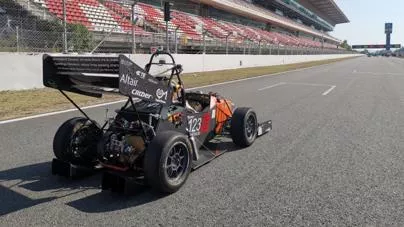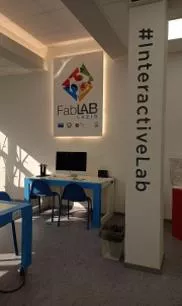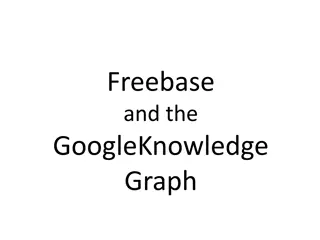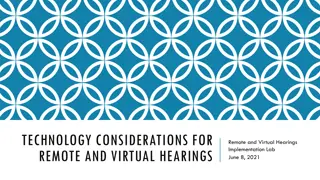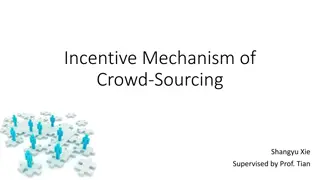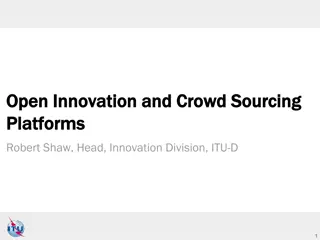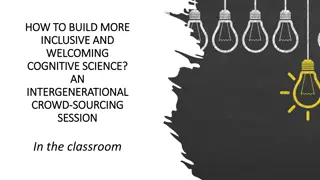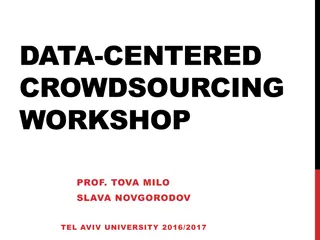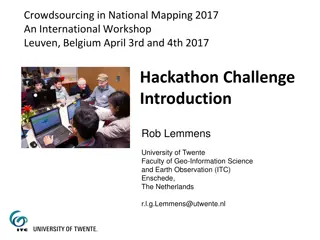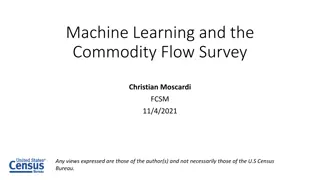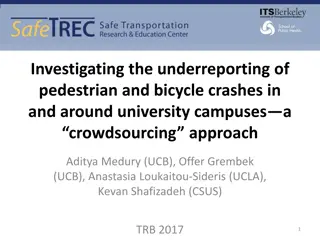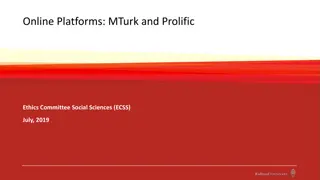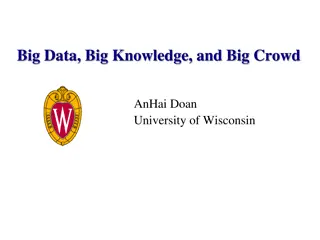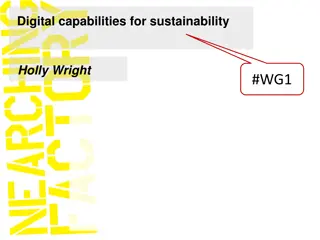Crowdsourcing: Benefits, Types, and Considerations
Crowdsourcing, the practice of obtaining input, ideas, or work from a large group of individuals online, offers various advantages such as cost savings and speed. It involves different types like wisdom of crowds, creation, voting, and funding. While efficient, crowdsourcing may also present challenges including skewed results and lack of confidentiality. It is a valuable tool for engaging communities and tapping into diverse skills for problem-solving.
Download Presentation

Please find below an Image/Link to download the presentation.
The content on the website is provided AS IS for your information and personal use only. It may not be sold, licensed, or shared on other websites without obtaining consent from the author. Download presentation by click this link. If you encounter any issues during the download, it is possible that the publisher has removed the file from their server.
E N D
Presentation Transcript
Crowdsourcing IoT for data Arduino for community decision making The European Commission s support for the production of this publication does not constitute an endorsement of the contents, which reflect the views only of the authors, and the Commission cannot be held responsible for any use which may be made of the information contained therein. 2020-1-ES01-KA227-ADU-096064
Tiberio Moscardelli The European Commission s support for the production of this publication does not constitute an endorsement of the contents, which reflect the views only of the authors, and the Commission cannot be held responsible for any use which may be made of the information contained therein. 2020-1-ES01-KA227-ADU-096064
What is crowdsourcing? Crowdsourcing is the collection of information, opinions, or work from a group of people, usually sourced via the Internet. Crowdsourcing work allows companies to save time and money while tapping into people with different skills or thoughts from all over the world. While crowdsourcing seeks information or work, crowdfunding seeks money to support individuals, charities, or startup companies. The advantages of crowdsourcing include cost savings, speed, and the ability to work with people who have skills that an in-house team may not have.
The advantages of crowdsourcing include cost savings, speed, and the ability to work with people who have skills that an in- house team may not have. If a task typically takes one employee a week to perform, a business can cut the turnaround time to a matter of hours by breaking the job up into many smaller parts and giving those segments to a crowd of workers. Pros Cons Crowdsourcing brings together communities around a common project or cause Efficient way of solving time-intensive problems Deeper engagement by communities, who resonate and build loyalty to the product or solution Results can be easily skewed based on the crowd being sourced Lack of confidentiality or ownership of an idea Potential to miss the best ideas, talent, or direction and fall short of the goal or purpose
What Are the Main Types of Crowdsourcing? Wisdom - Wisdom of crowds is the idea that large groups of people are collectively smarter than individual experts when it comes to problem-solving or identifying values (like the weight of a cow or number of jelly beans in a jar). Creation - Crowd creation is a collaborative effort to design or build something. Wikipedia and other wikis are examples of this. Open-source software is another good example. Voting - Crowd voting uses the democratic principle to choose a particular policy or course of action by "polling the audience." Funding - Crowdfunding involved raising money for various purposes by soliciting relatively small amounts from a large number of funders.
What is IoT? The internet of things, or IoT, is a system of interrelated computing devices, mechanical and digital machines, objects, animals or people that are provided with unique identifiers and the ability to transfer data over a network without requiring human-to-human or human-to- computer interaction.
How does IoT work? An IoT ecosystem consists of web-enabled smart devices that use embedded systems, such as processors, sensors and communication hardware, to collect, send and act on data they acquire from their environments. IoT devices share the sensor data they collect by connecting to an IoT gateway or other edge device where data is either sent to the cloud to be analyzed or analyzed locally. Sometimes, these devices communicate with other related devices and act on the information they get from one another. The devices do most of the work without human intervention, although people can interact with the devices -- for instance, to set them up, give them instructions or access the data.
What are the pros and cons of IoT? Some disadvantages of IoT include the following: As the number of connected devices increases and more information is shared between devices, the potential that a hacker could steal confidential information also increases. Enterprises may eventually have to deal with massive numbers -- maybe even millions -- of IoT devices, and collecting and managing the data from all those devices will be challenging. If there's a bug in the system, it's likely that every connected device will become corrupted. Some of the advantages of IoT include the following: Ability to access information from anywhere at any time on any device; Improved communication between connected electronic devices; Transferring data packets over a connected network saving time and money; and Automating tasks helping to improve the quality of a business's services and reducing the need for human intervention.
Learnville's IoT Devices LearnvilleDevA & LearnvilleDevB are the devices developed for this project, yes we have our own IoT devices ;)
Obtained data (just an example)
Decision Making based on IoT data IoT is only one source of big data, but for many organizations, it s the most important. IoT gives you access to real-time data for more accurate monitoring, smarter decision-making, and a better understanding of your process as a whole. Specific benefits of opitimizing IoT data range across industries. Manufacturing facilities might use findings to implement real-time machine monitoring and predictive analytics for better maintenance scheduling, while retailers use data findings to better understand the customer s behavior and in-store journey. IoT data is also a transformative factor for individuals, businesses, and cities implementing energy-conservation efforts and autonomous technology.
Thank you! The European Commission s support for the production of this publication does not constitute an endorsement of the contents, which reflect the views only of the authors, and the Commission cannot be held responsible for any use which may be made of the information contained therein. 2020-1-ES01-KA227-ADU-096064






